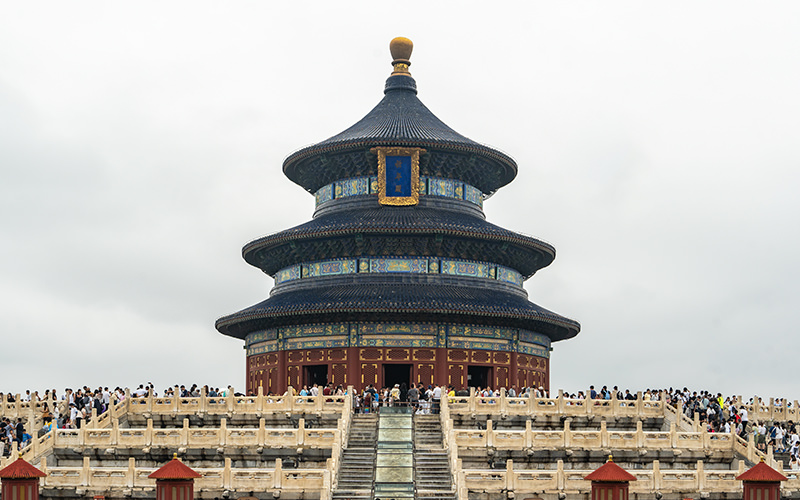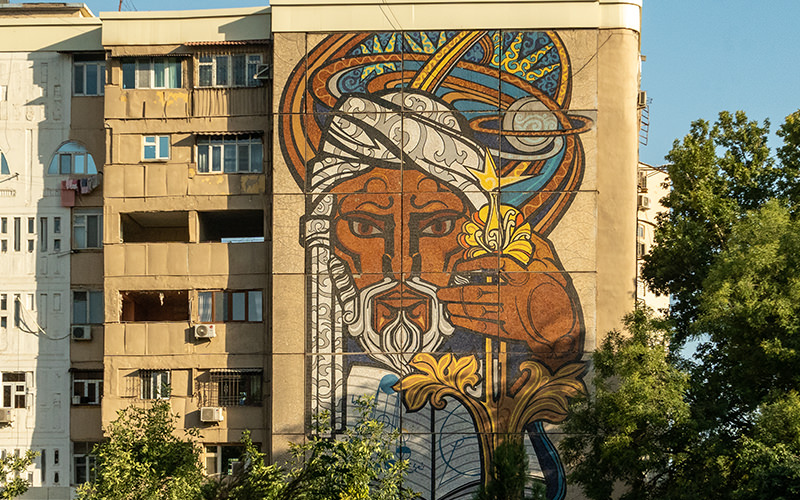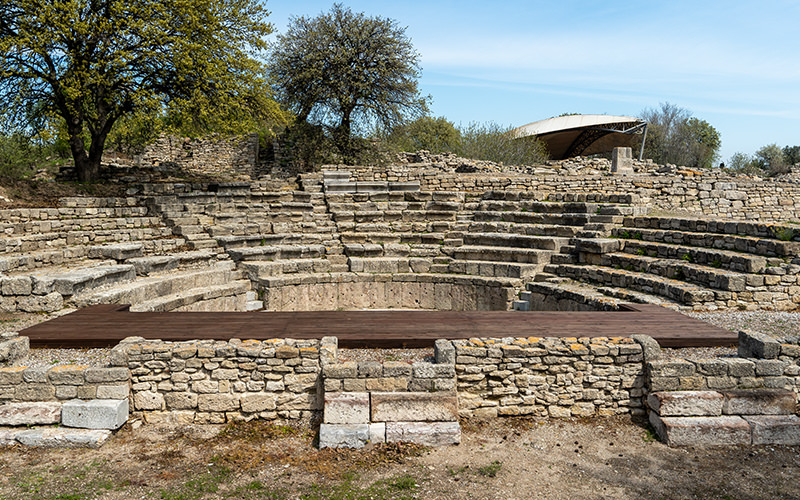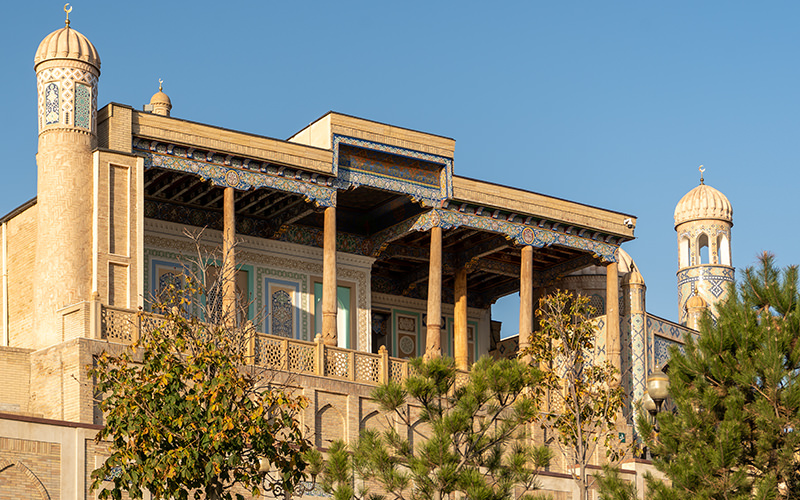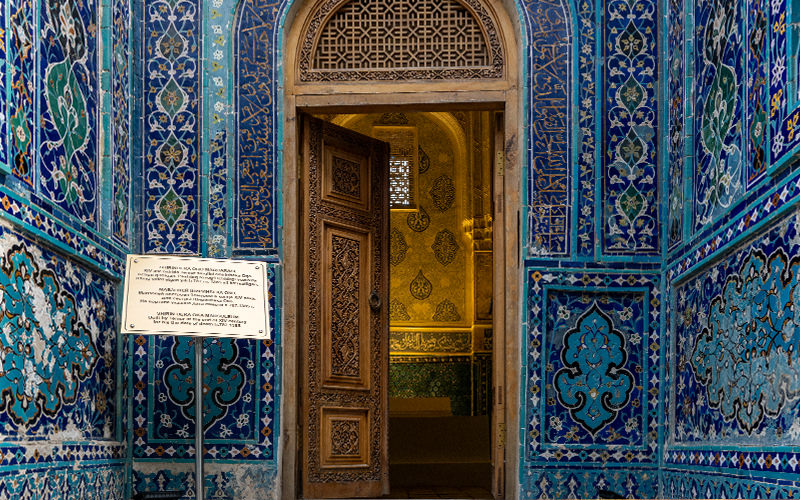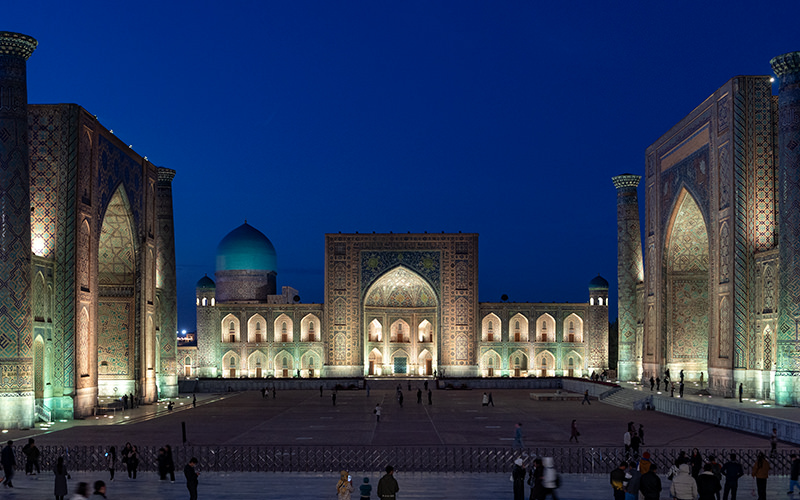During my first trip to Samarkand, I only had a fleeting glimpse of the grand Bibi-Khanym Mosque. On my return visit, I decided to take some time to explore the vast grounds of this monumental structure. I’m sharing photos and insights about the history of this complex.
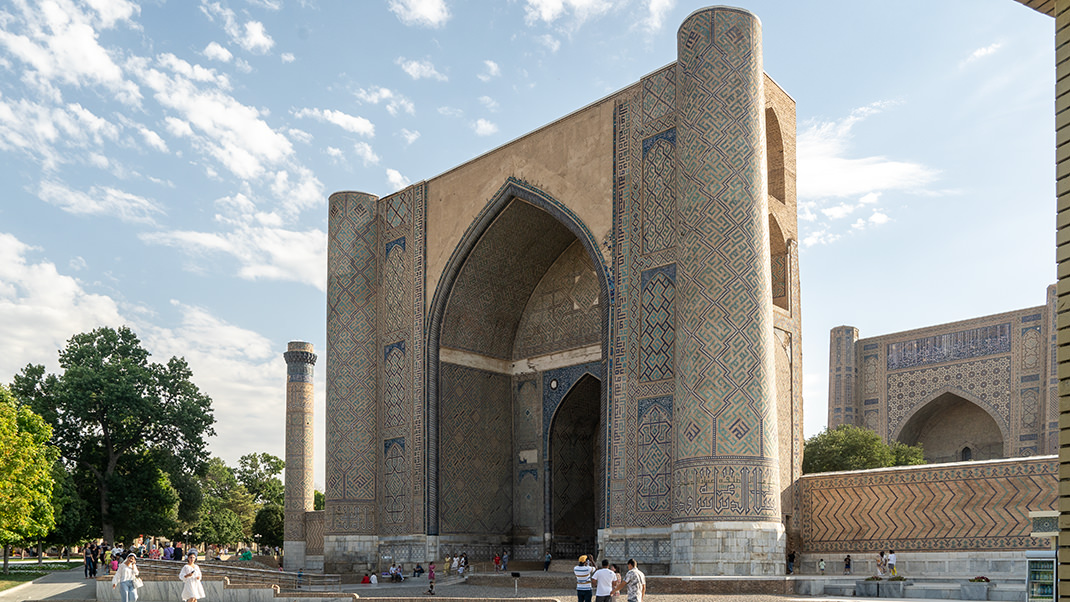
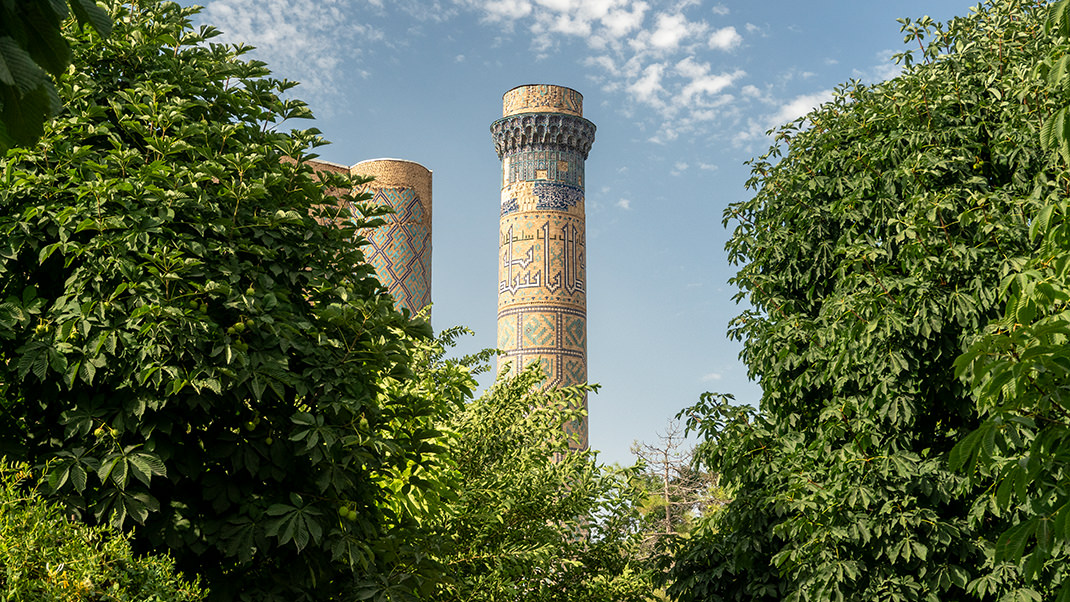
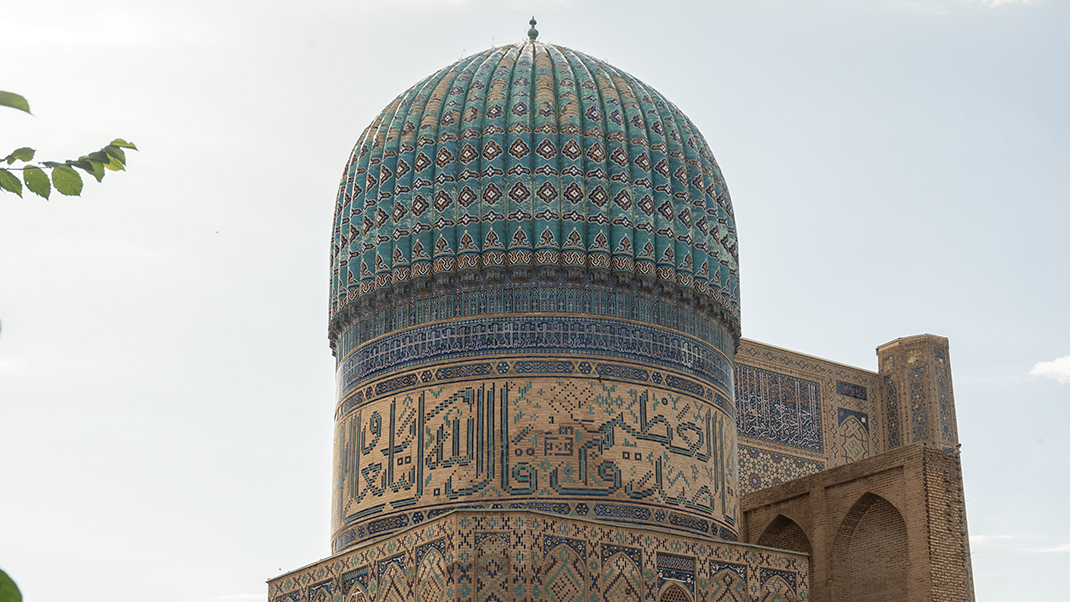
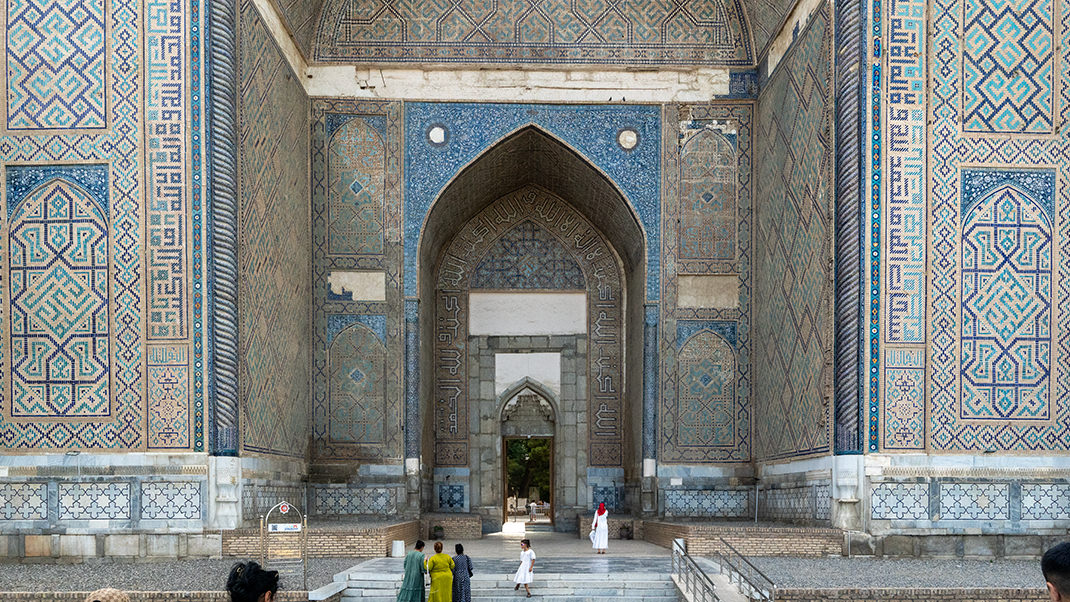
A Bit of History
The construction of the majestic Bibi-Khanym complex began in 1399. The mosque was built after Timur’s victorious campaign to Delhi. The construction lasted five years. According to the general’s plans, this grand structure was intended to overshadow any other building of its time. Indeed, the mosque became the largest Muslim religious building in Central Asia.
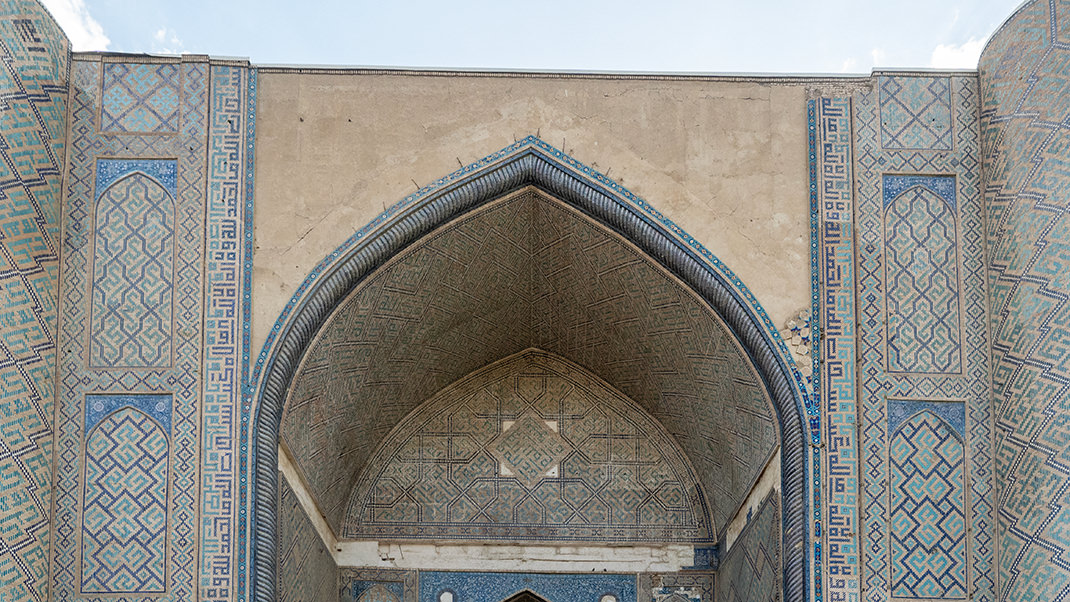
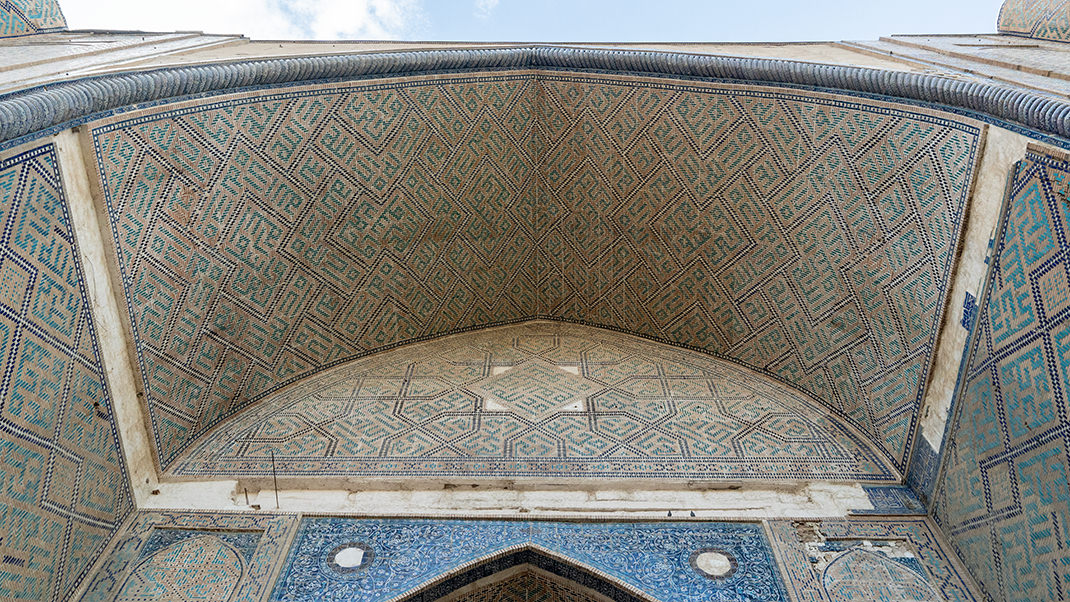
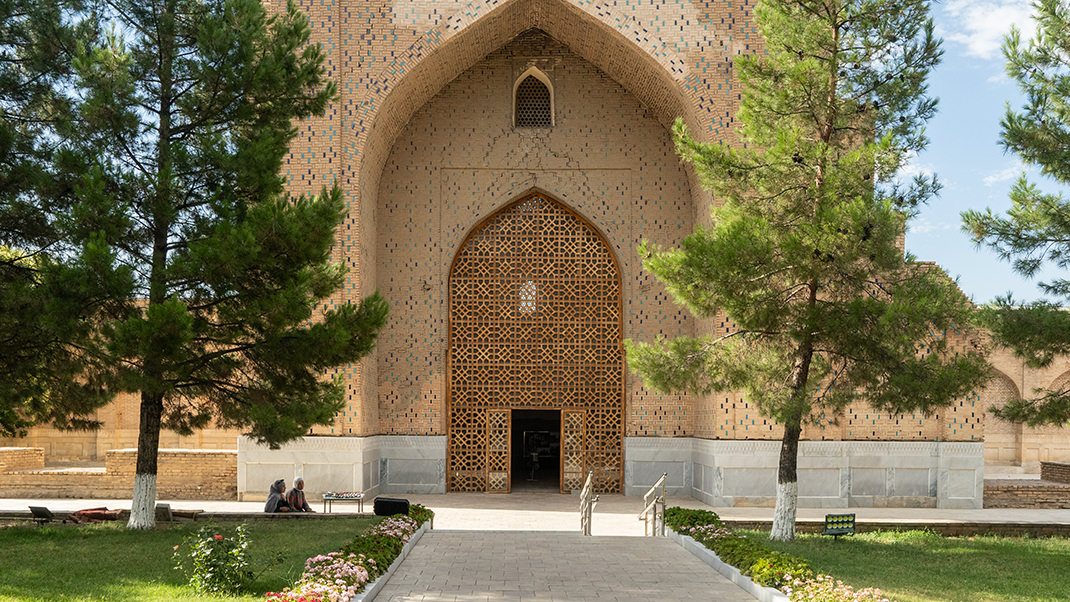
According to legend, the mosque’s name refers to Timur’s senior wife named Bibi-Khanym, though many guides state that no such woman existed and the ruler’s senior wife was named Saray-Mulk-Khanym.
Originally, Bibi-Khanym was designed as a complex of buildings. The area, enclosed by high walls, featured minarets and prayer halls. Inside the mosque itself was a massive marble stand for the Quran. Since the late 19th century, this object has stood in the courtyard of the complex.
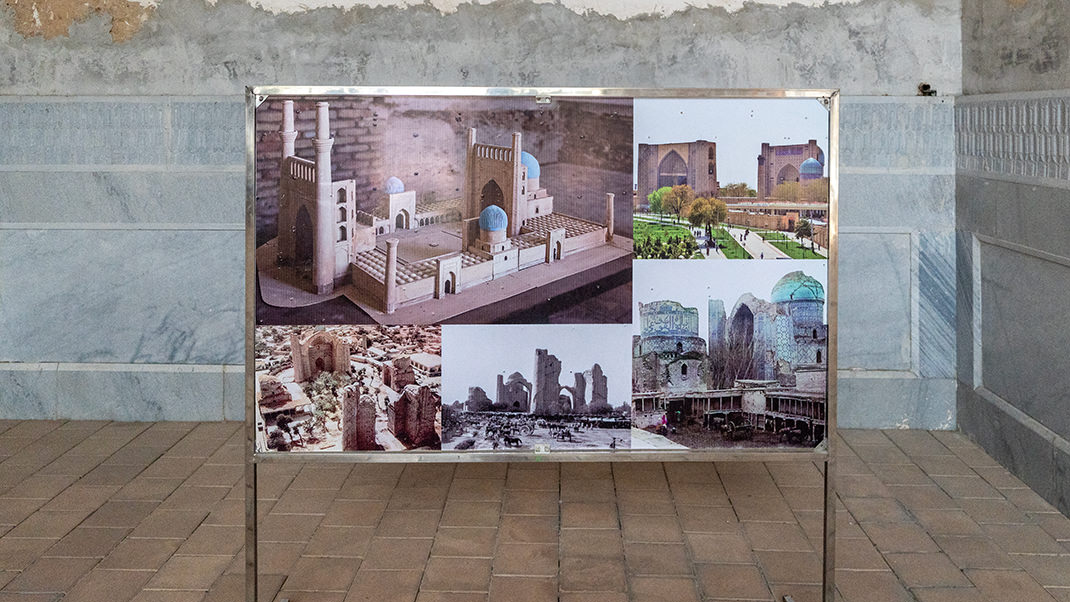

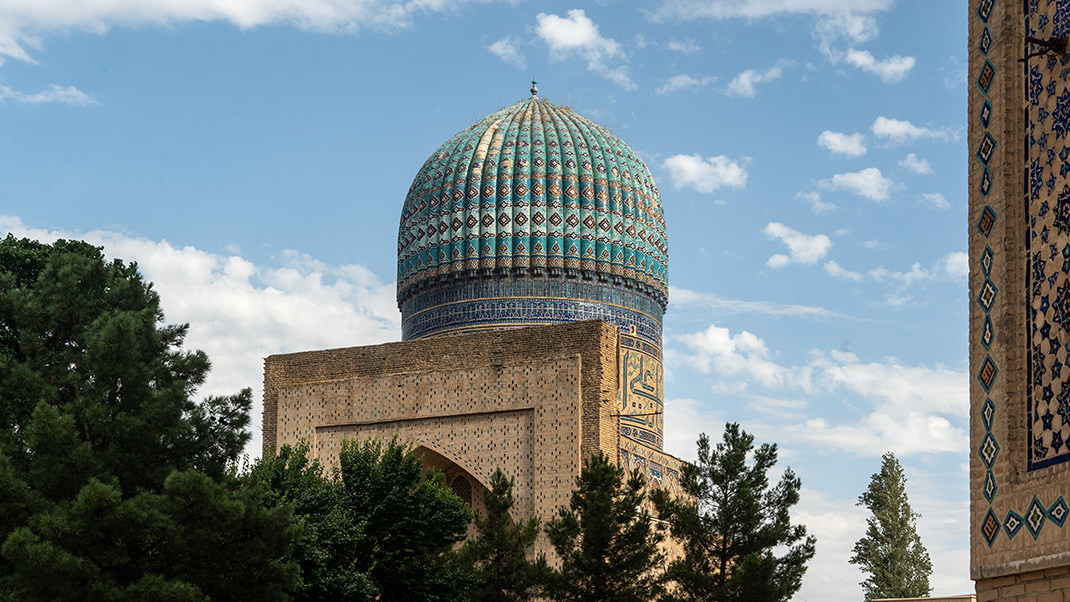
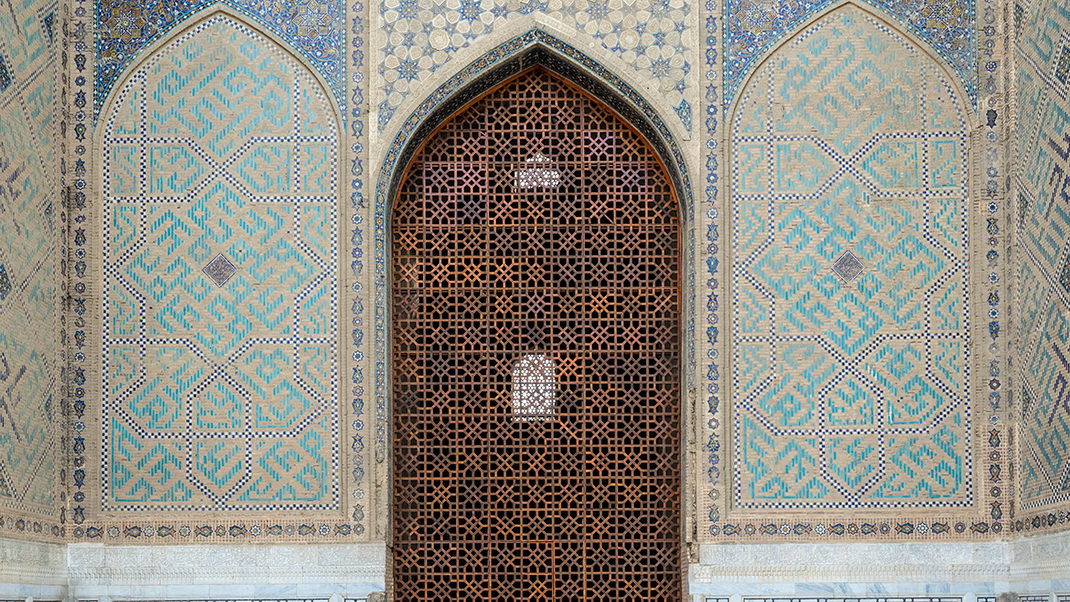
The mosque was constructed very quickly, which affected the quality of the work. Within a few years of its completion, the complex began to deteriorate. In 1897, an earthquake nearly destroyed the portal of the main entrance. Today, the marble slabs from its facade are also preserved in the courtyard of Bibi-Khanym.
By the 20th century, only ruins remained of the once-majestic complex. In the late 1960s, extensive conservation work began. Today, travelers see not historical ruins, but rather restored structures, which are still as impressive as they were centuries ago.
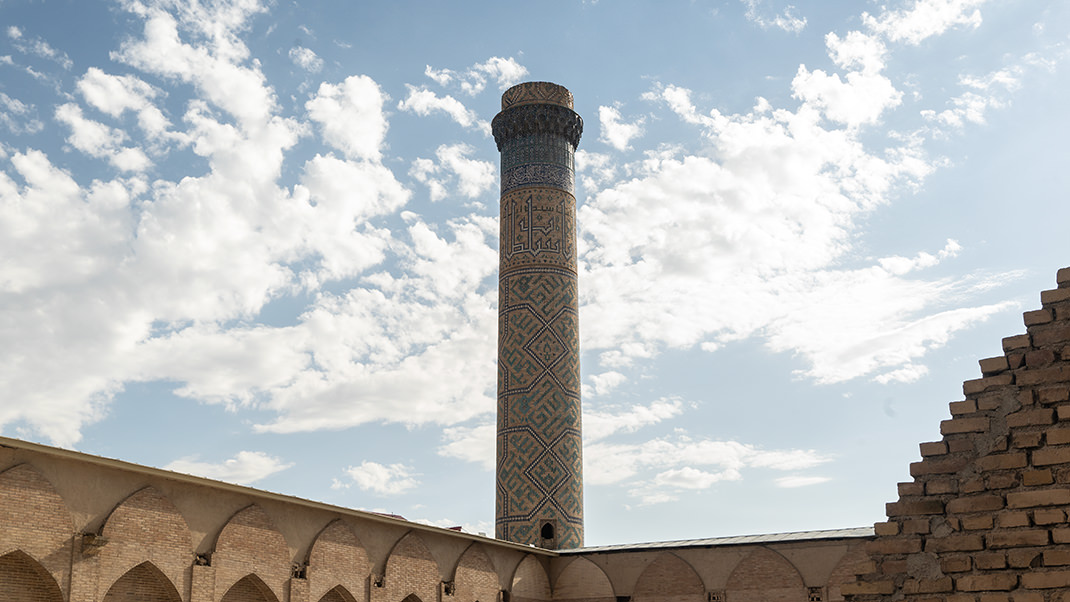
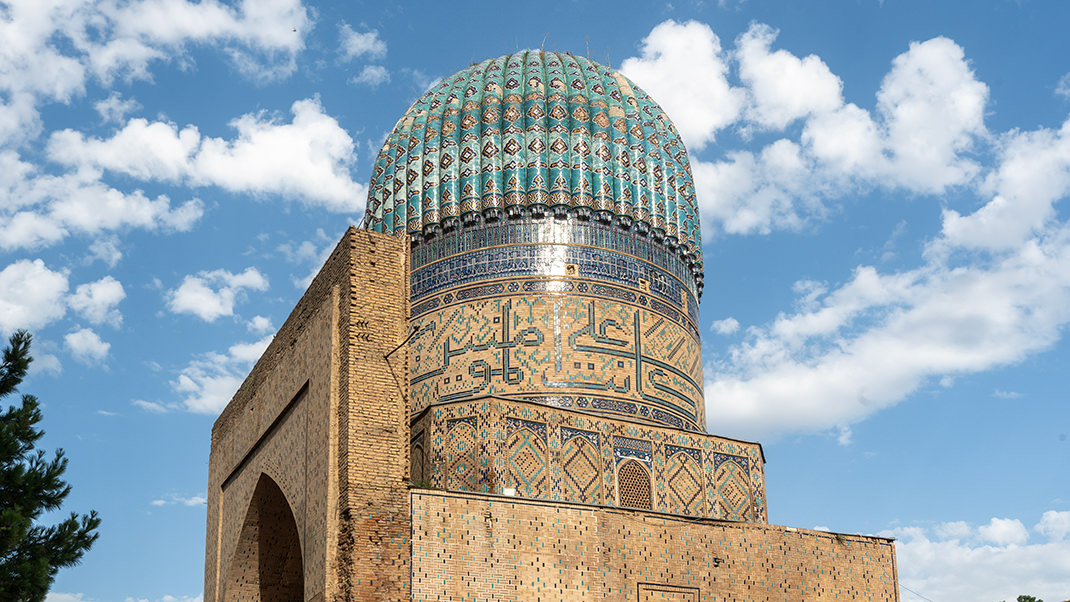
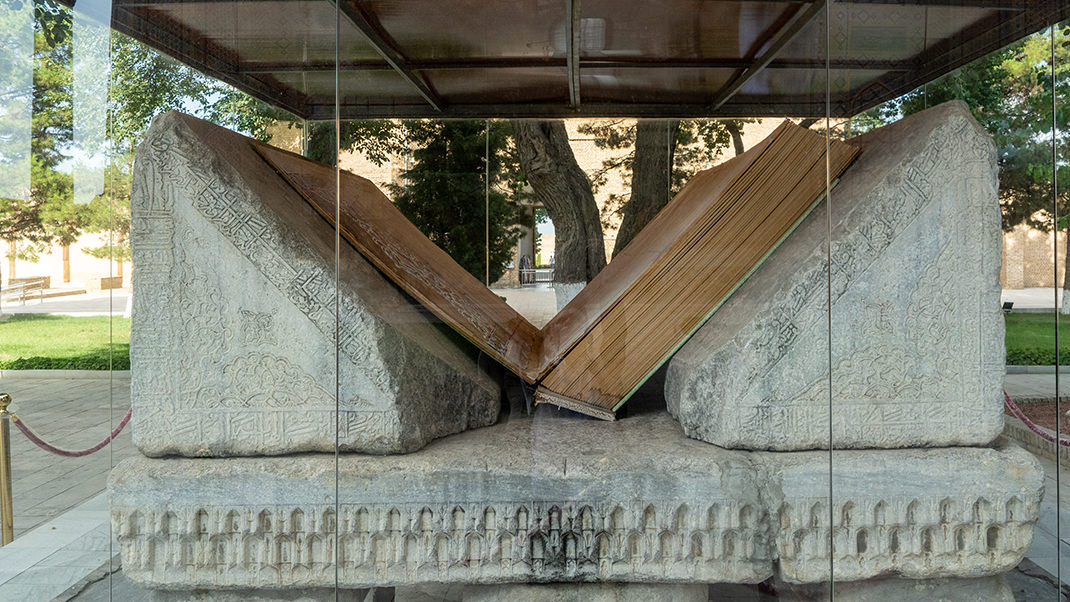
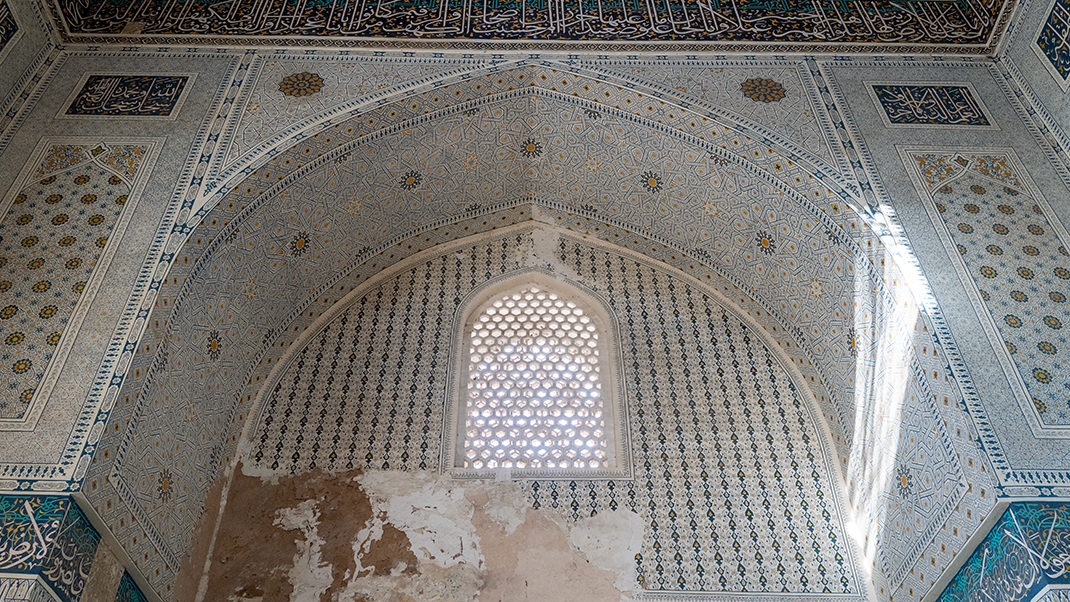
How to Get to Bibi-Khanym Mosque
The mosque is easily reachable on foot from the city’s main attractions. For example, the walk from Registan Square takes just 12 minutes. You can plan your route through the city center as follows: start at the Gur-E-Amir Mausoleum, proceed through Registan Square, then visit the Hazrat-Khizr Mosque, and end your tour with the stunning Shah-i-Zinda Mausoleum Complex.
In the summer of 2024, admission to Bibi-Khanym Mosque was 40,000 sums. Payment can be made in cash or by credit card.
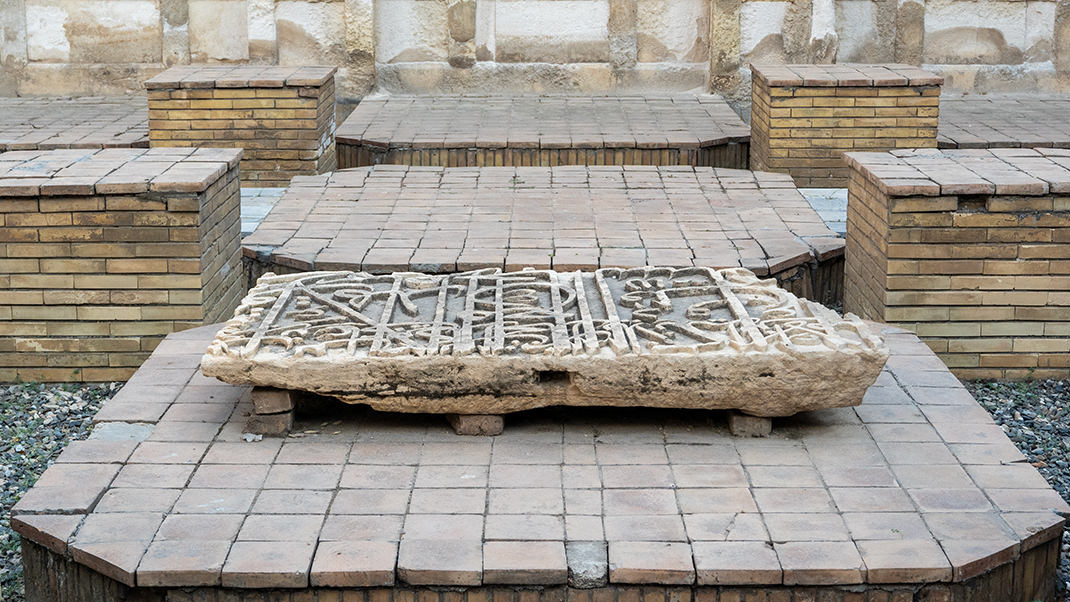
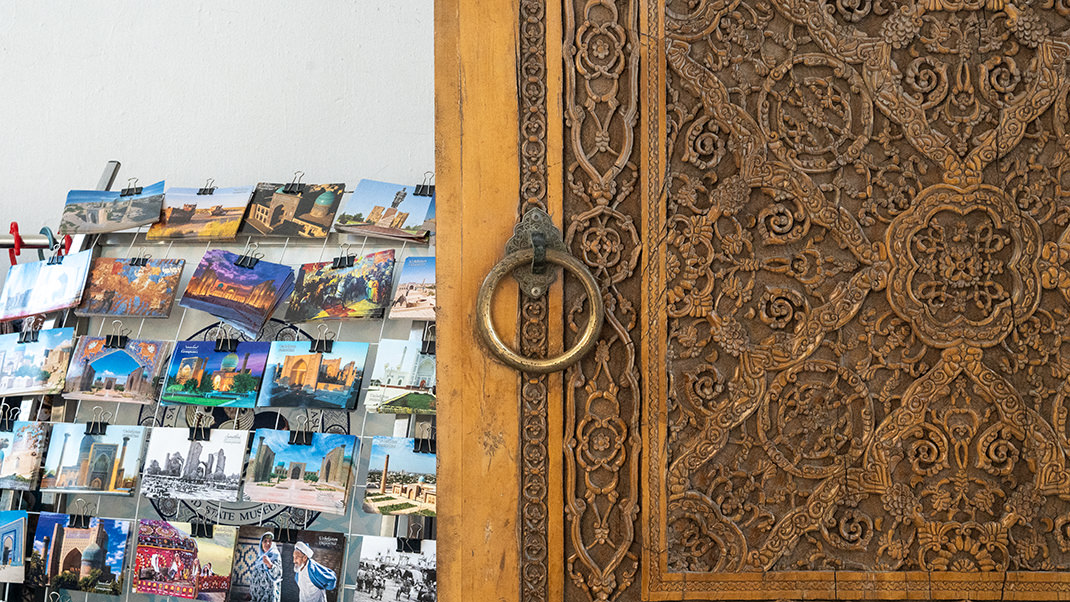
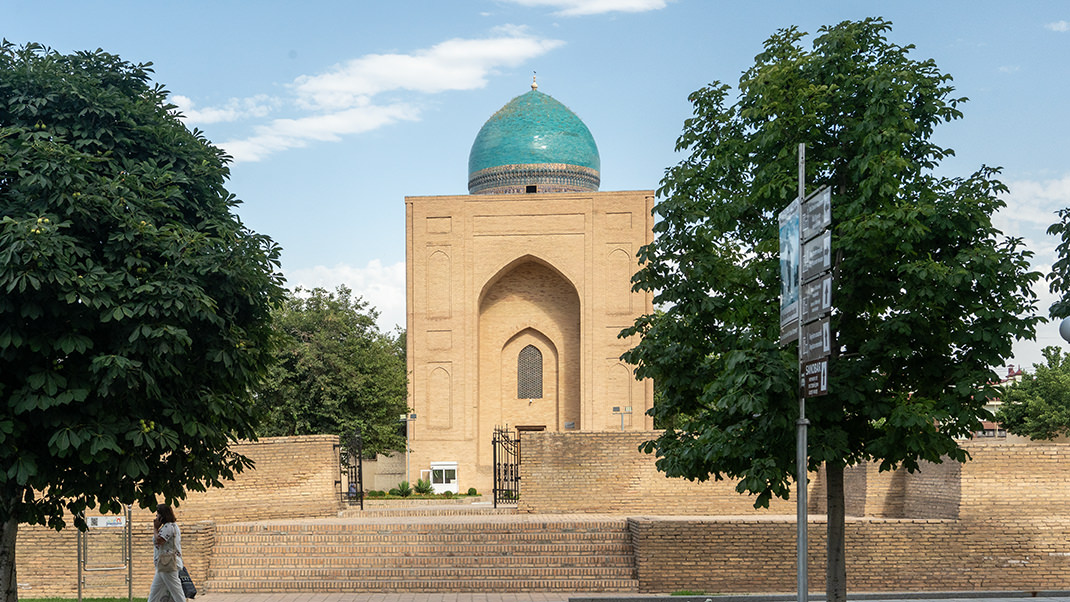
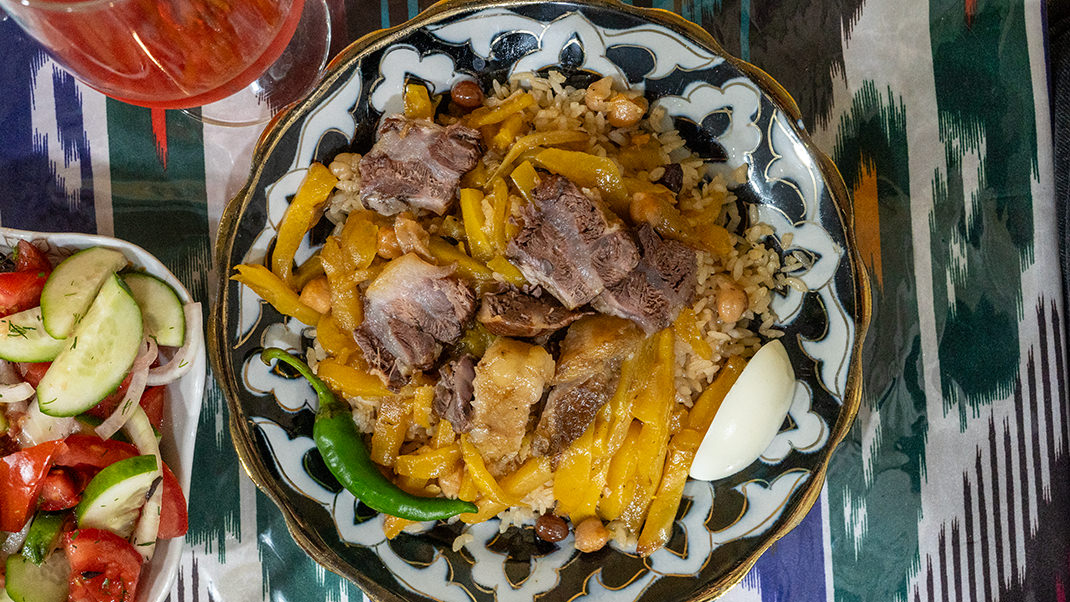
In addition to the Samarkand attractions mentioned here, I also visited the semi-ruined Ishratkhona Mausoleum and the Roman Catholic Church of St. John the Baptist. Read about the pedestrian route through the city center in this article.
Have a nice trip!


